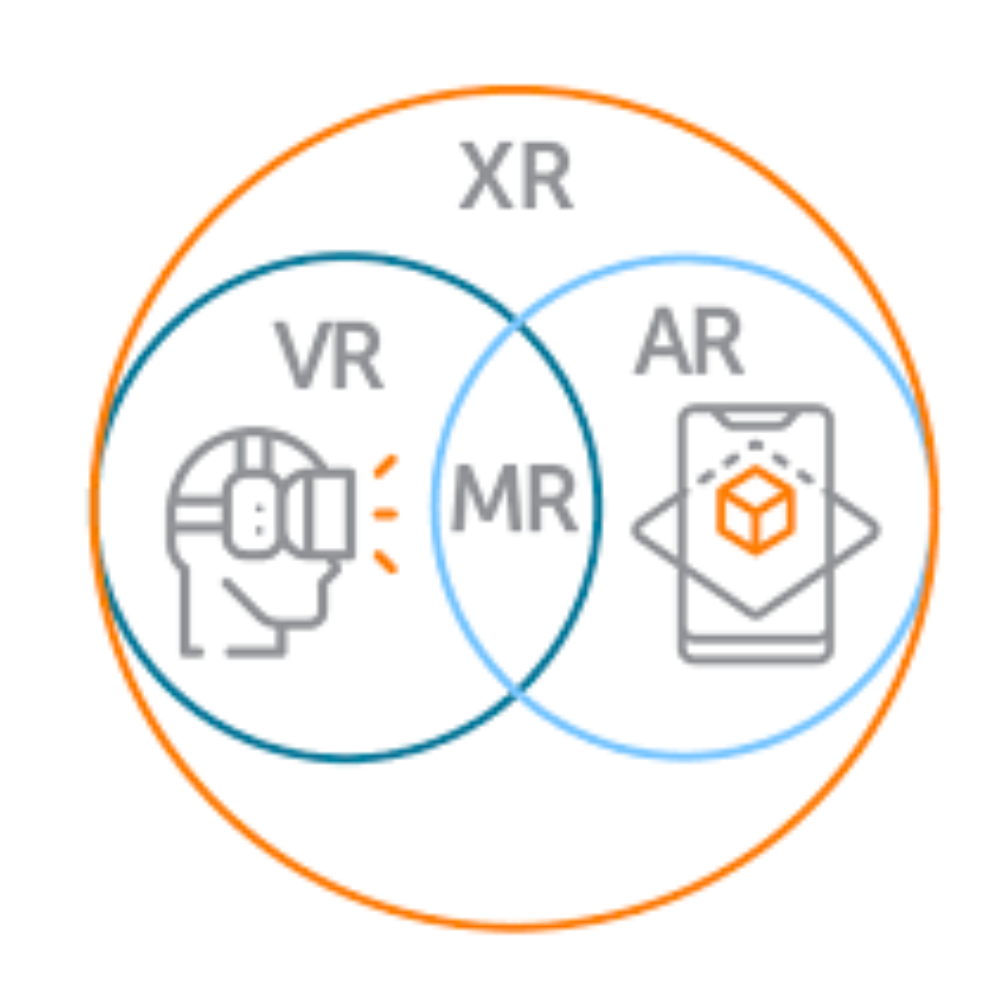Customers used the app to upload a picture of their room, then dropped 3D models of the furniture into the picture to see how it would seem in person. Customers loved the app, which helped to raise revenue by 57% in the third quarter of 2016 and the number of active users by 60%.

Experience-based technologies, like augmented and virtual reality (VR), use sensory and even emotional depths that traditional media just cannot replicate to communicate product information to the consumer through immersion. As a result, marketing is increasingly utilizing these technologies, which are together referred to as extended reality (XR).
How do VR, AR, and XR Work?

The term “extended reality” serves as a catch-all for the full spectrum of experiential technology, including virtual reality and augmented reality. The most prominent XR application, VR, was made popular by fictional characters in movies and TV series who used headsets to visit fully drawn interactive virtual worlds. By “augmenting” real-world environments with computer-generated data or virtual items, augmented reality, also known as “mixed reality,” allows us to experience the virtual world on our own. Commercial VR headsets with sophisticated technology, like the Oculus Rift and HTC Vive, are leading the way. However, if you don’t already have a powerful computer, these premium platforms will cost you a substantial sum of money upfront. Mobile VR headsets like the Samsung Gear VR and Google Daydream View provide millions of customers with affordable access to amazing VR experiences.
Wearables like the Microsoft HoloLens and Magic Leap One are what power premium augmented reality (AR) experiences. While the Magic Leap One has a more creative, user-friendly atmosphere, the Microsoft HoloLens is more of a developer tool and is best suited for engineering and medical encounters. The accessibility of mobile applications, whether useful or amusing, represents the actual opportunity for AR, though. Niantic’s “Pokémon GO,” which had 147 million monthly active players “capturing” Pokémon all over the world as of May 2018, is arguably the most well-known mobile AR app. Enhancing Your Marketing Plan
Reynaldo Zabala has 20 years of experience as a software engineer and tech strategist for web and mobile e-commerce platforms. He is also a founding member of CLEVR Community, a Cleveland, Ohio-based nonprofit organization dedicated to XR economic and community development.
For businesses trying to convey better tales, his startup RazorEdge offers XR solutions. He explained to me that the main appeal of extended reality was a return to personal narrative, and that was what initially drew him to the technology.
Although XR solutions like the Wayfair app are product-focused, he thinks that what attracts customers is the experience. “We cannot ignore the shift in consumer preferences toward experiences rather than goods and services, and all other forms of communication fall short in this regard,”
XR, according to Zabala, is more than just a medium. We perceive a brand-new communication channel that enables us to alter our senses in novel ways, he claims, going beyond technology. When we enter a virtual reality (VR) or augmented reality (AR) world, “something extremely personal becomes released,” The easiest approach for a business to exploit this channel of communication and provide customers with more than just a product catalog but also an emotional connection-building product experience is through augmented reality (AR).
According to Zabala, “XR is on a healthy uptick in marketing.” “Over $400 million was spent on AR advertising last year, and it’s anticipated that this year’s expenditure would nearly quadruple that amount. Yes, it will continue to expand as more than 900 million mobile devices are AR-ready. Digital tours of properties are currently provided by real estate and construction companies. Imagine a law company directing prospective clients through a fake press conference or a communications agency guiding a client through a virtual tour of what to expect in court. The options for leveraging XR as a marketing channel will expand as the technology develops, and everything will be driven in some manner by artificial intelligence (AI).
XR and artificial intelligence (AI)

Many of the amazing developments taking place in XR are being powered by AI. In the Wayfair illustration, artificial intelligence (AI) analyzes the angles in the room’s photo and automatically resizes the 3D furniture. XR and artificial intelligence (AI). Many of the amazing developments taking place in XR are being powered by AI. For a more realistic experience, AI in the Wayfair example dynamically resizes the 3D furniture based on the angles in the room’s photo. Additionally, it employs machine vision to propose related things in its inventory when consumers take images of items they like in the real world.
Deep learning algorithms are being used to create virtual environments by companies like NVIDIA, according to Zabala. “Obviously, content is one of the main obstacles to channel success. I find it to be a really fascinating area to make it simpler to construct new settings without the standard research that VFX teams need to do. The AR marketing app from Wayfair wasn’t the first, and it won’t be the last either.
Not a fad, this. For marketing experts, the use of XR as a new form of communication is a significant development that will continue to evolve and give rise to several innovations with the aid of AI.














